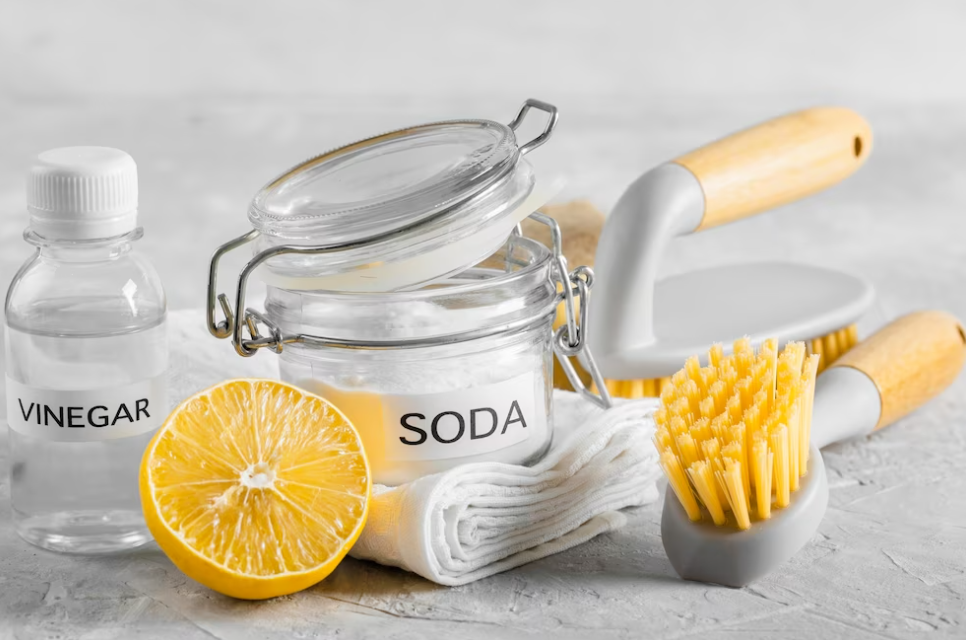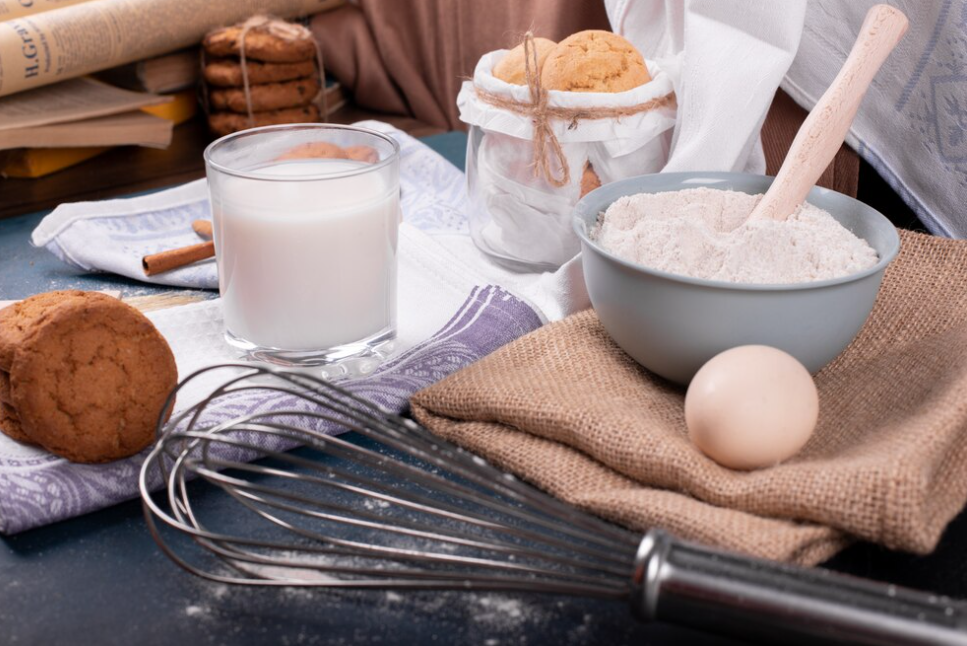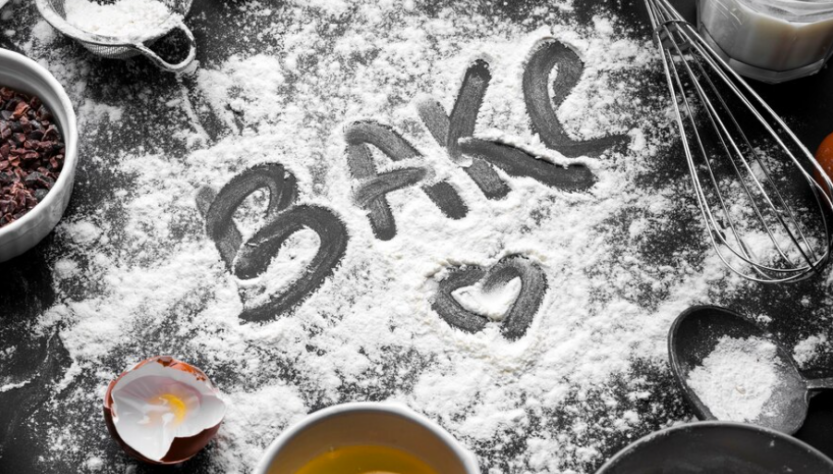Mistaking baking powder for baking soda happens quite often, especially when we’re in a rush to gather ingredients. The fact that their names sound similar and even recipe cards can sometimes be misleading adds to the confusion. Since both baking powder and soda are staple ingredients in baking, it’s not uncommon for them to share pantry space, making mix-ups more likely.
If you’ve accidentally used powder instead of soda, don’t worry. Here are some helpful tips to guide you in fixing the mistake.
How to Rectify Your Recipe
Making a mistake with the ingredients can disrupt your recipe, leading to excessive rising or a flat, dense outcome. While the result might taste unpleasant, remedies vary based on the recipe. The outcome might turn fluffier or acquire an unexpected flavor, with little noticeable difference.
Opting to salvage the recipe over ingredient wastage is a common choice. If you’ve combined the ingredients prior to realizing the mistake, there could be a resolution.
Don’t worry if you’ve swapped baking powder for baking soda—it’s not a catastrophe. This is one of the mistakes you can actually correct in baking. Unless your baking powder is expired, the tips below can really help you out.
- If you’re trying to fix your dough or batter, consider the ingredients in baking powder. It’s actually a mix of baking soda and cream of tartar;
- To make a tablespoon of baking powder, just combine two teaspoons of cream of tartar with one teaspoon of baking soda;
- One way to remedy the situation is by increasing the amount of baking powder you use;
- For every teaspoon of baking soda originally required, try adding two to three teaspoons of baking powder. This will keep the leavening consistent;
- Keep in mind that depending on the recipe, the final result might have a touch of bitterness.
On the other hand, you have another option: you can correct the error by adding a bit less of the recommended baking soda. Some people have found success by using around ¾ of the suggested quantity.
Further recommendations involve exchanging acidic components for those with a neutral pH:
- Replace yogurt or buttermilk with milk;
- Substitute white vinegar with water;
- Opt for lemon extract or water in lieu of lemon juice.
Similarities Between Baking Powder and Baking Soda

Both baking powder and soda play vital roles as leavening agents in the world of baking. When it comes to making substitutions, powder takes the spotlight as the go-to alternative for baking soda. This choice is based on the fact that they both contain the key ingredient: sodium bicarbonate.
Baking powder orchestrates the creation of delicate bubbles, elevating the texture of baked goods. However, even with this shared core ingredient, each leavening agent triggers a distinct reaction, resulting in different applications for their use.
| Aspect | Baking Powder | Baking Soda |
|---|---|---|
| Composition | Combination of baking soda, cream of tartar, and a dry acid | Pure sodium bicarbonate (alkaline compound) |
| Leavening Action | Double-acting: releases gas upon mixing and during baking | Single-acting: releases gas upon mixing |
| Activation | Reacts with liquid and heat | Requires an acid to activate, often provided by recipes |
| Acidic Ingredient | Contains acid (cream of tartar) | Requires an external acid (commonly found in recipes) |
| pH Level | Neutral or slightly acidic | Highly alkaline |
| Common Uses | Cakes, muffins, cookies, pancakes | Cookies, cakes, bread, muffins, quick breads |
| Recipe Adjustment | Adjustments may be needed if substituting with baking soda | Adjustments may be needed if substituting with baking powder |
| Versatility | Useful in recipes that don’t contain an acid ingredient | Used in recipes with acidic ingredients |
How Baking Soda and Baker Powder Work
In most cases, accidentally utilizing baking powder instead of baking soda doesn’t lead to significant issues. However, substituting soda for baking powder poses a more intricate challenge. Despite attempts at modifications, the outcomes might deviate from your anticipations.
Baking soda and baking powder operate following three fundamental mechanisms.
- Leavening agents initiate the release of gases, engendering the formation of bubbles;
- Upon baking, the dough or batter undergoes expansion;
- The proteins within the dough then envelop the air pockets and commence solidifying.
This intricate process ultimately imparts the lift and rise characteristic of baked goods.
Exploring Their Flavor
Even in small amounts, both baking powder and soda introduce their unique flavors to recipes, spanning from a subtle touch of saltiness to a gentle hint of sourness. This distinct trait makes them excellent choices for crafting delightful treats such as Irish soda bread, biscuits, and scones. Ingredients like soda and powder play a pivotal role in shaping the cellular framework of baked goods. These cellular structures expand and thin out while baking, contributing to the tender and delightful texture we all enjoy.
When you’re working with soda, precision in measurement is of utmost importance. Using an excessive amount of soda can lead to an unappealing taste that leans towards metallic, soapy, or bitter notes. This unfavorable outcome often stems from inaccuracies in measurements or interactions with other ingredients.
Visual Characteristics
Elevated pH levels in baked goods induce alterations in their color, texture, and flavor. Baking soda, by raising the pH, imparts that well-known warm brown hue to baked creations. In contrast, powder contains a lesser portion of baking soda, resulting in a lower pH and less exterior browning.
The impact of baking soda is vividly demonstrated in gingerbread, where the color deepens and the flavor gains a mellower profile. Notably, baking soda’s presence contributes to the creation of a crisp edge on cookies, setting it apart from the effects of baking powder.
Baking Powder Usage in Recipes
The substitution of baking powder for soda doesn’t yield uniform outcomes across all recipes. Soda’s activation hinges on the presence of an acidic element like lemon juice. In contrast, powder encompasses baking soda, already infused with its acidic counterpart.
Employing triple the quantity of powder can lead to full leavening, accompanied by a potential bitter aftertaste. Moreover, the anticipated rise may not align with your expectations. The surplus acids in the mixture can instigate rapid swelling followed by a premature collapse before the aeration and baking process concludes.
Impacts on Cookie Texture

Comprising sodium bicarbonate and acidic salts, baking powder serves as a catalyst. By infusing the mixture with carbon dioxide, it augments the pressure required to induce dough expansion and outward spreading. Lacking elasticity, gluten strands snap rather than stretch, leading to surface cracks.
The synergy between these elements yields cookies that are notably soft and thick, albeit slightly firmer. Incorporating three teaspoons of baking powder deviates from the chewy texture prompted by baking soda, crafting a light, delicate cookie texture.
Conclusion
Our aim is to provide you with guidance on addressing the scenario of inadvertently using baking powder instead of baking soda. You have the choice to recalibrate the quantity of either leavening agent or make modifications to other ingredients.
Even in the event of starting anew, we trust you’ve gained valuable insights into the realm of leavening agents, enhancing your understanding of their application.
